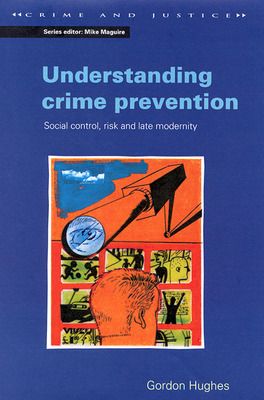Understanding Crime Prevention
1st Edition
0335231861
·
9780335231867
© 1998 | Published: October 16, 1998
How can criminological, sociological and historical perspectives illuminate the elusive concept of crime prevention?Are we witnessing a new governance of crime control?What are the futures of crime prevention in late modernity?This book offers a comp…
Read More
Request More Info
After you purchase your eBook, you will need to download VitalSource Bookshelf, a free app or desktop version here. Then login or create an account and enter the code from your order confirmation email to access your eBook.
- Access the eBook anytime, anywhere: online or offline
- Create notes, flashcards and make annotations while you study
- Full searchable content: quickly find the answers you are looking for
Series editor's foreword
Acknowledgements
Introduction
Mapping the terrain of crime prevention
Classicism and the deterrent presences of the modern state
Positivism and the cure of 'criminal man'
Situational crime prevention
the pragmatics of crime control
Multi-agency partnerships
managing corporate crime prevention
Communitarianism
bringing 'the social' back into crime prevention?
The futures of crime control in late modernity
Postscript
beyond crime prevention?
Glossary
References
Index.
Acknowledgements
Introduction
Mapping the terrain of crime prevention
Classicism and the deterrent presences of the modern state
Positivism and the cure of 'criminal man'
Situational crime prevention
the pragmatics of crime control
Multi-agency partnerships
managing corporate crime prevention
Communitarianism
bringing 'the social' back into crime prevention?
The futures of crime control in late modernity
Postscript
beyond crime prevention?
Glossary
References
Index.
- How can criminological, sociological and historical perspectives illuminate the elusive concept of crime prevention?
- Are we witnessing a new governance of crime control?
- What are the futures of crime prevention in late modernity?
This innovative text looks at the contested history of crime prevention in the modern era and considers present and future trends in social control in late modernity. Hughes focuses on the question of the "managerialization" of crime prevention in recent decades, the extent to which crime control may become dominated by privatized security and insurance against risks, and the attractions and pitfalls of informal community-based approaches. Understanding Crime Prevention will be essential reading for students and researchers in the field as well as many professional and lay people interested in crime prevention and community safety.

